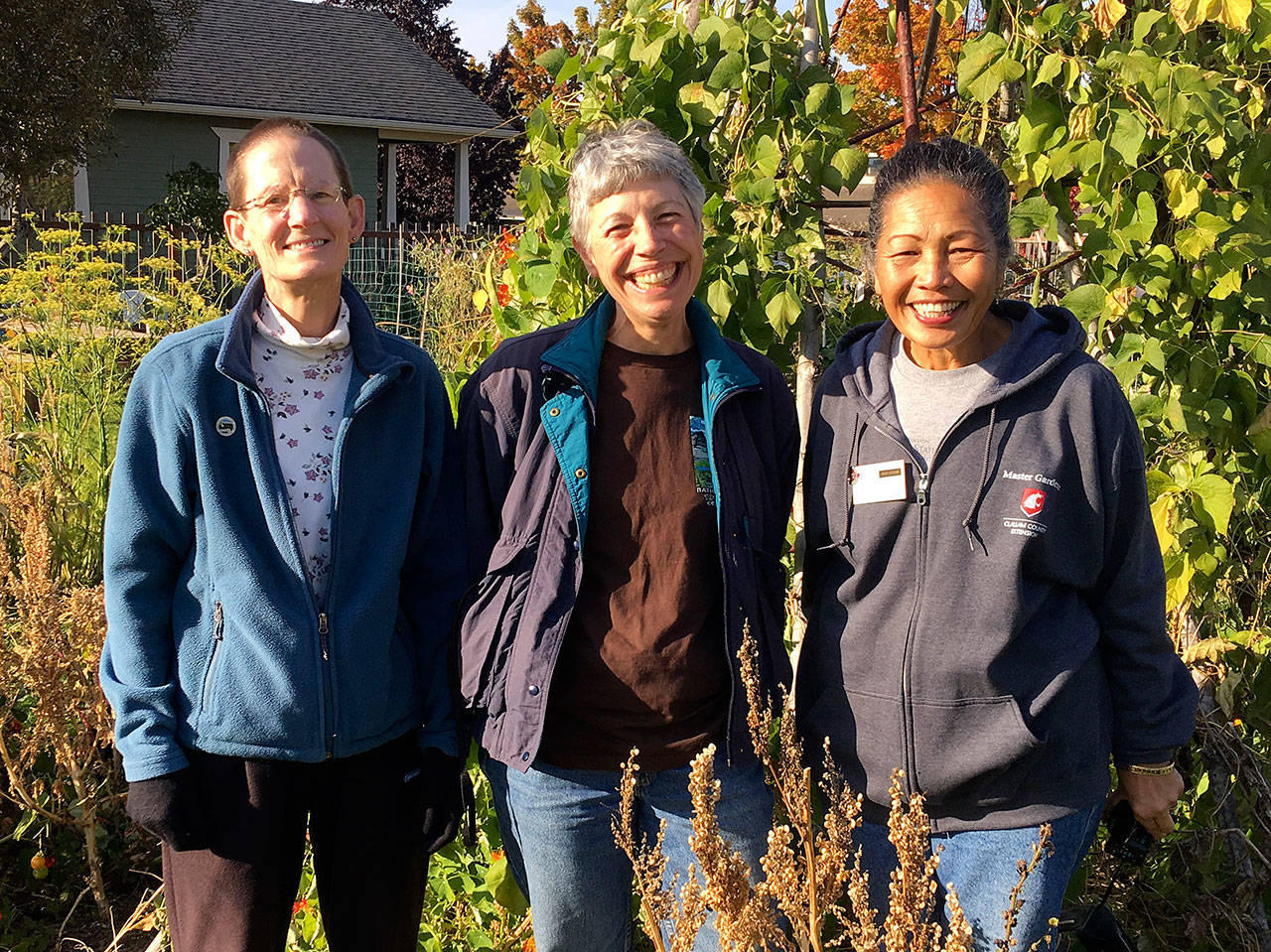Readily-available garlic varieties
• Hardneck
Chesnok Red
Killarney Red
Spanish Roja
Music (hot)
Purple Glazer
Georgian Crystal (hot)
Bogatyr
• Softneck
Inchelium Red
Transylvanian (hot)
California Early (mild)
Nootka Rose
Western Rose
Silver White
Chet’s Italian (mild)
Garlic (Allium sativum) is among the oldest documented plants cultivated by man. The Sumerians carved recipes containing garlic on stone tablets 5,000 years ago, and it certainly was grown and used as both a food and medicine long before then.
There are two subspecies of garlic: softneck and hardneck. Softneck, or artichoke, garlic is characterized by many layers of cloves in the bulb, and a soft, pliable group of leaves at the top of the bulb. Softnecks are difficult to peel but they store for a long time, up to one year. They typically have 12 to 20 cloves per bulb and taste either fiery hot or mild, depending on the variety.
Hardneck, or topsetting, garlic has only one layer of cloves that surrounds a woody flower stalk. Hardnecks are easy to peel, but store for only 3-6 months. They produce four to 10 cloves, and generally are more highly flavored than the softnecks. (By the way, elephant garlic is a leek, not a true garlic).
There are more than 100 named varieties of garlic available, largely through catalogs. See the sidebar for examples of softneck and hardneck varieties; try several.
If you are going to mail order, do it early in the growing season as they tend to sell out.
One pound of garlic bulbs yields around 60 hardneck or 80 softneck cloves. You should determine how much to plant by how much you want to eat, give away and save for next year’s planting stock. It is important to buy certified planting stock, not supermarket garlic, so you don’t introduce viruses or disease into your garden.
Timing
October is an ideal time for planting. Choose a well drained site that gets more than six hours of late spring sunlight and do not plant where onions, garlic, leeks or shallots have been grown in the last two years. Sandy loams with good organic matter are ideal.
Before planting break apart the garlic bulb into individual cloves; this is called “clove popping.” This generally takes longer than the actual planting, and should be done no more than a day or two before planting, because popping signals the cloves to start growing.
Slice through the layers of bulb wrappers with your fingernail and then put gentle pressure on the cloves until they separate from the bulb. It’s important not to bruise the cloves as you separate them. Always discard soft, damaged or moldy bulbs.
Plant the largest cloves and use the smallest ones for dinner; the big cloves will give you the biggest bulbs nine months later when you harvest. Plant the cloves 1-2 inches deep (pointed end up), and 4-6 inches apart in rows at least 9 inches apart, as you will need to weed between the plants and rows.
Orient your rows north-south. Identify each variety with a row marker.
Mulch the newly planted garlic; mulch moderates soil moisture and temperature and keeps down weeds.
Some of the garlic may sprout in the fall; don’t worry, it will survive winter. You, too, can survive winter by researching some new recipes to try with your home-grown gourmet garlic.
Rita Dinger was a much loved and respected Clallam County Master Gardener. Rita passed away in 2016, but taught many local gardeners about growing garlic (and herbs) and her prize-winning garlic was legendary.



